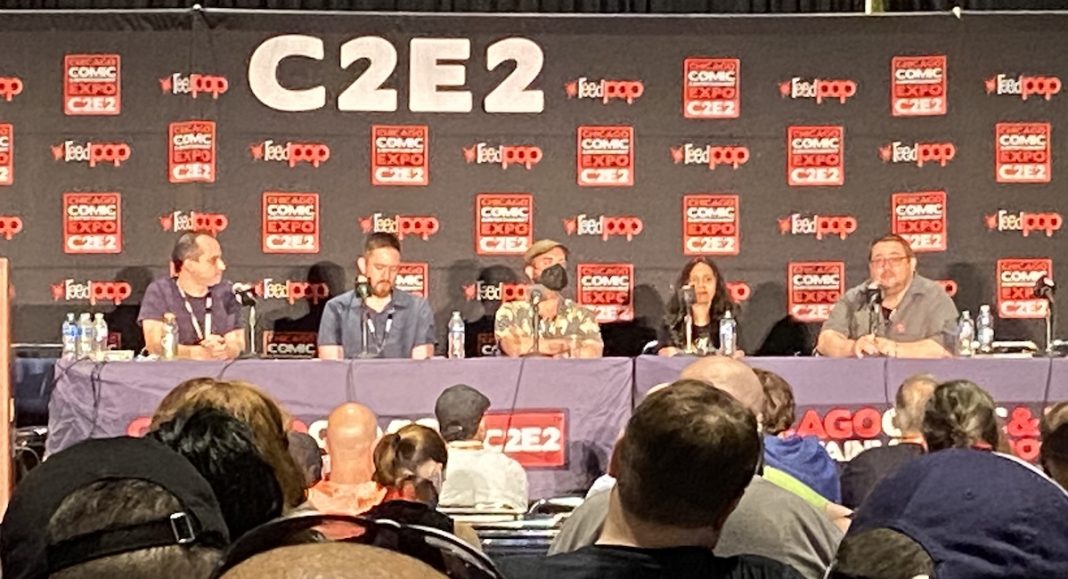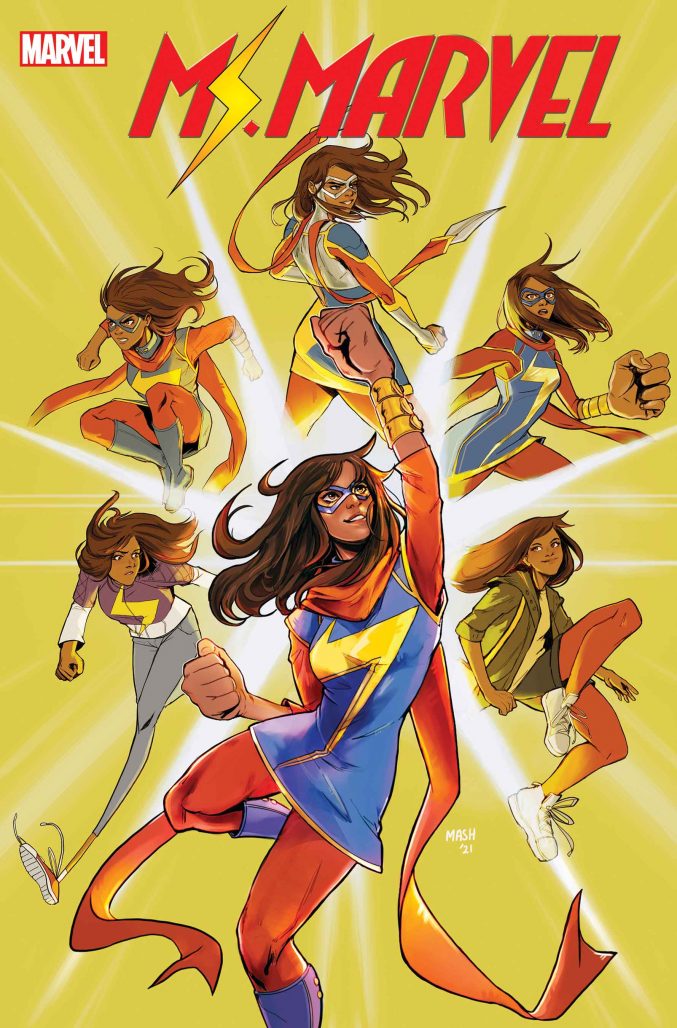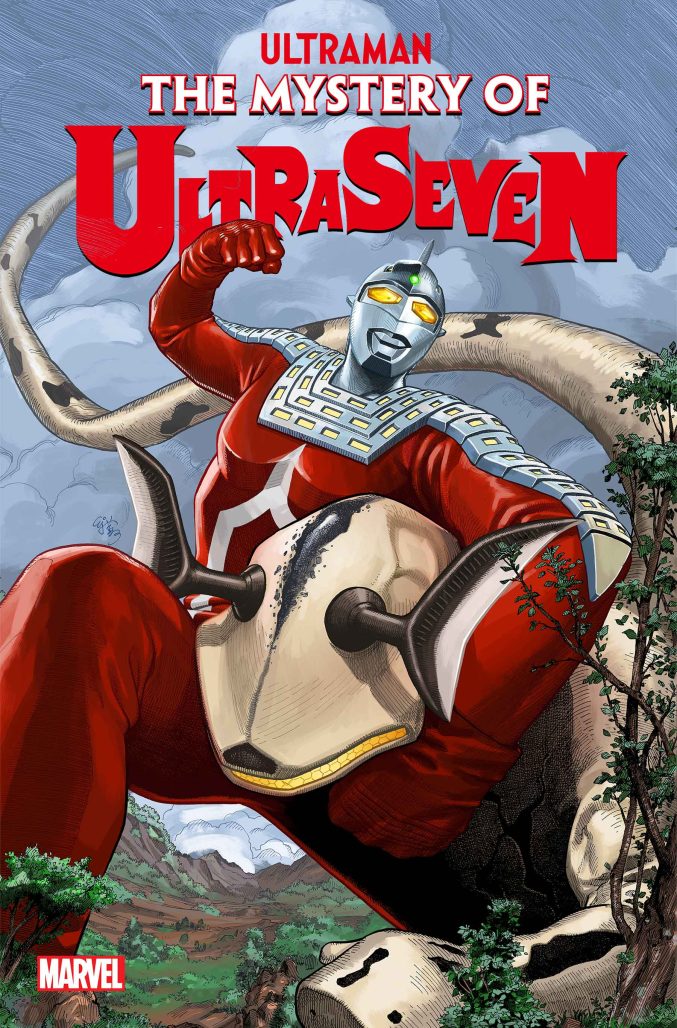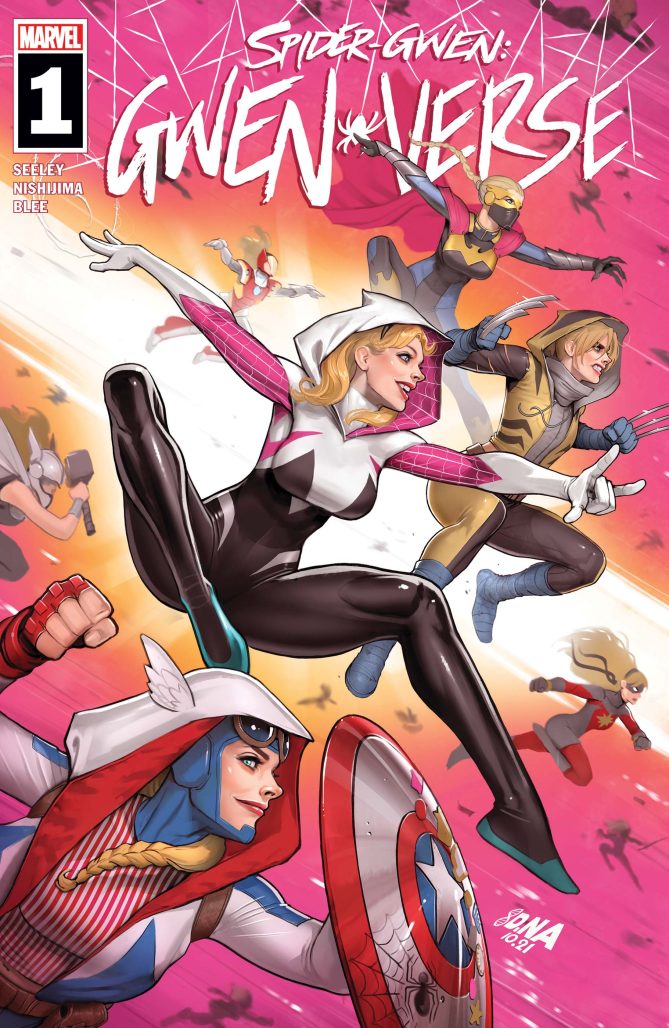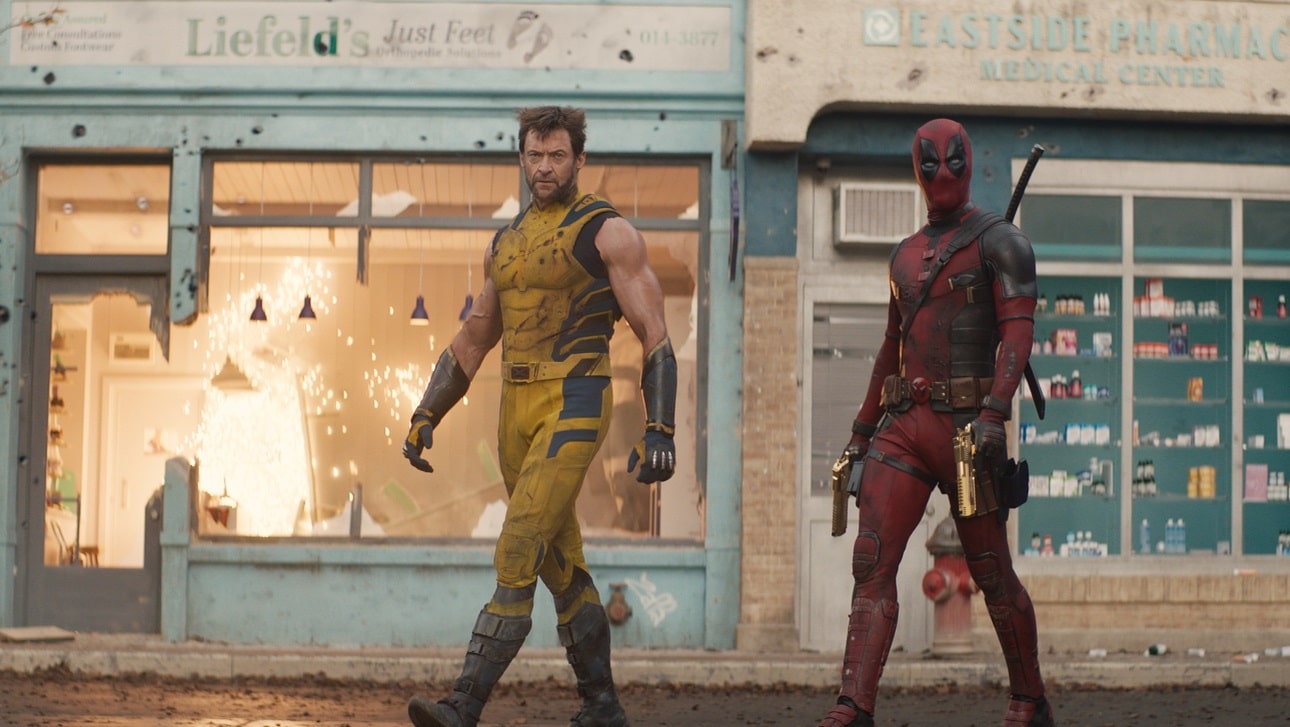Marvel returned to C2E2 on Friday for a panel dedicated to developing and keeping a career in the comics industry. Moderated by Marvel Director of Talent Relations Ricky Purdin, the How to Break Into Comics The Marvel Way panel included Marvel editor-in-chief C.B. Cebulski and a trio of Marvel writers: Samira Ahmed (Ms. Marvel: Beyond the Limit), Tim Seeley (Spider-Gwen: Gwenverse), and Kyle Higgins (Ultraman).
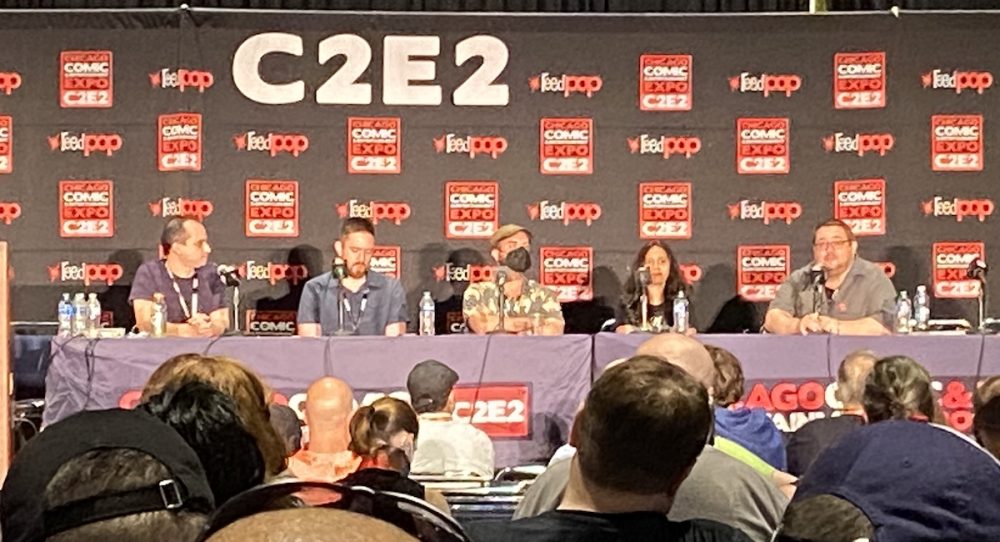
Purdin kicked off the panel saying this is the first Marvel panel at C2E2 in a few years. He then took a show of hands of how many people in the crowd want to make comics, emphasizing that the room was full of people who are potential collaborators. Purdin introduced the panelists, noting that everyone on the panel aside from he and Cebulski is from Chicago, which will hopefully make everyone in attendance feel a little better. Cebulski stressed that while the panelists will talk about Marvel a lot, they’ll also try to offer advice that’s relevant to all corners of the industry regardless of publisher.
Purdin described his comics origin as beginning as a reader as a kid. He interned at Wizard Magazine while in college before joining DC Comics’s marketing group. When DC moved to Burbank, Purdin moved over to Marvel, to a position that Cebulski created for him.
Higgins said he fell in love with comic books through the superhero movies and cartoons in the ‘80s and early ‘90s. While in film school, Higgins’s thesis film was a 30-minute superhero movie about superhero labor unions in the 1960s. While working on that movie, Higgins met Eric Wight and hired him to design the characters. Wight ended up sending the film to his contacts in comics, recommending they watch the movie and reach out to Higgins, who said the first person he heard from after that was Joe Quesada. That contact ultimately led to Higgins pitching to Marvel for a year and eventually being assigned to write a Captain America one-shot.
Seeley said he applied for an internship at Marvel where he thought he would be an art intern, but instead ended up in editorial. In that process Seeley said he learned he really wanted to be a writer and not a full-time artist. After college Seeley ended up as an editor for a small comics publisher in Chicago, and he went on to create his own series, Hack/Slash, which he wrote and drew.
Ahmed is primarily a fiction writer, and at the beginning of the panel she emphasized that she loves the collaborative aspect of making comics as opposed to the solitary act of writing fiction. Her original career was as a high school English teacher, which led her into writing novels, something she never imagined she would do but that she came to learn she loved. As for comics, she cited Archie Comics as her gateway in the ‘70s. She read comics throughout the ‘80s, and then was drawn back into them by Kamala Khan’s introduction, and she told her literary agent that she would love to write Ms. Marvel if the opportunity ever arose. Eventually some Marvel editors read her novels and reached out to her, which is how the Ms. Marvel: Beyond the Limit miniseries came about.
Cebulski said he also grew up reading comics, and was a fan of the stories. After seeing George Lucas on TV he realized people actually make stories, and so he became aware of comics creators and their roles as well. In college Cebulski studied manga and anime, and went and lived in Japan for four years working in the anime & manga industry. Cebulski met Joe Quesada in the late ‘90s while still working in manga, and pitched hiring American artists to draw variant covers for manga comics as a way to bridge the gap. Years later when Marvel was looking to get into manga themselves, Quesada hired Cebulski first to write some stories and then as an editor. He joked that he had a terrible shipping record as an editor, but that Quesada said he was great with talent, and so created the talent management department for Cebulski to head.
Purdin noted that everyone on stage had mentioned having some degree of self-awareness about what they are and aren’t capable of. He noted the importance of that skill and that he sees a lot of young creators who lack it completely. Opening it up to the panelists to talk about their own moments of self-awareness, Seeley said he only wrote Hack/Slash himself because Marvel hired the original writer he was planning to work with on the series, Robert Kirkman. Seeley said he had to get over his fear of writing himself in order to create the series, and that as a teacher he encourages his students to look outside of their comfort zones because they might learn something about themselves.
Higgins talked about wanting to develop his student film as a comic at Marvel but not being able to since Marvel doesn’t publish original work. Later he ended up at DC writing the New 52 Nightwing series, where he met Rod Reis, who was coloring a number of titles for DC at the time. The two became friends, and a year later Reis told Higgins he wanted to draw a series, and the two developed C.O.W.L. from the story of the student film.
Ahmed said she’s visited a lot of high schools over the past few years, and that she always tells students “you have to say yes to yourself” and get out of your own way in order to accomplish what you want. The risk of failure is always present, but she said anyone trying to break into a creative field has to have a thick skin because they will face rejection at one point or another. She described overcoming that fear herself when she gave some of her pages to a writer friend to read. Luckily her friend told her she should give writing a try, but without overcoming that fear she wouldn’t have gotten where she is.
Higgins talked briefly about writer’s block, which his mentor always called ‘writer’s laze’. He said that having writer’s block comes down to comparing your work to the work of the great writers and creators who have come before, and that the only way to really overcome writer’s block is to put all those people aside and just keep writing until what comes out is up to your own personal standards. Seeley joked that he never used to believe in writer’s block because “surgeons don’t get surgeon’s block,” but said that once he did experience it he described it as “crap sense” – the sense that what he was writing was just crap. Giving that name to it helped him ultimately overcome it. Higgins also described being able to look back on his past work and see how he has developed as a writer over the years, with a fan at a con describing his Nightwing run vs. his current Radiant Black series as “baby Kyle Higgins.”
Before opening up the floor to questions, Cebulski noted that being a freelance creator means not just being a writer and artist, but also being a marketer and an accountant and so many other roles beyond just the creative side.
An audience member asked about the value of persistence, and how persistent it is acceptable to be. Higgins said that everyone’s situation is different, and a lot of it depends on where you are in your career. Purdin pointed to the aforementioned self-awareness as being a key component as well. Cebulski said that there’s professional persistence and that there’s ‘pain-in-the-butt persistence.’ He said everyone needs to be respectful of everyone else’s time, and that it’s also important to keep working to get better even after sending a pitch in. Seeley added that the right timing is also a big part of getting a job, as a lot of it depends on the work you’ve already done and the work that the publisher is looking for at the time. Purdin said that Charles Soule describes breaking in as “fishing and not hunting.” Cebulski also advised networking with other creators and reaching out to lower-level editors who are also looking to boost new talent and build their own talent bases, respectively.
A writer who has already connected with a freelance editor and artist to work on a graphic novel asked what her best path forward would be to get the book out, whether it’s an agent or directly with a publisher. Seeley said an agent isn’t always necessary, depending on the publisher that they’re hoping to work with. Cebulski said reaching out to talent managers at publishers is a good way to go, especially for smaller publishers.
Another guest asked Purdin specifically what to do if they ‘missed the internship window’ but wanted to work in editorial or marketing. Purdin noted that the pandemic has changed how companies are hiring and that you don’t necessarily need to live in a major city in order to get one of those jobs with a publisher. He advised talking with people who are already in the industry and doing those positions, asking questions and finding out what they do and networking with them in case anything opens up.
With the panel having reached its time, Purdin invited the remaining question-askers to meet the panelists outside for more discussion.
Miss any of our other C2E2 ’22 coverage? Check out all of it here!


